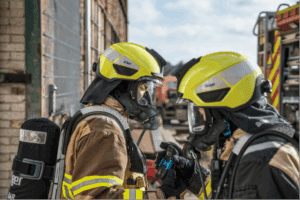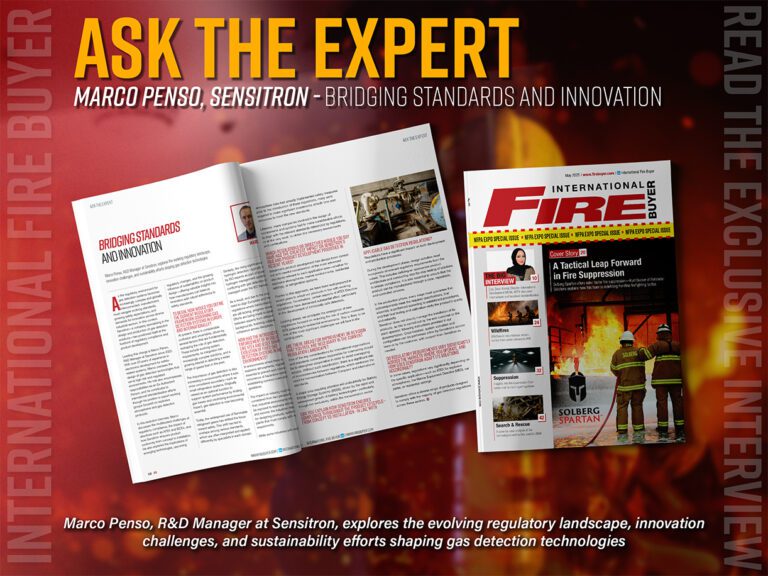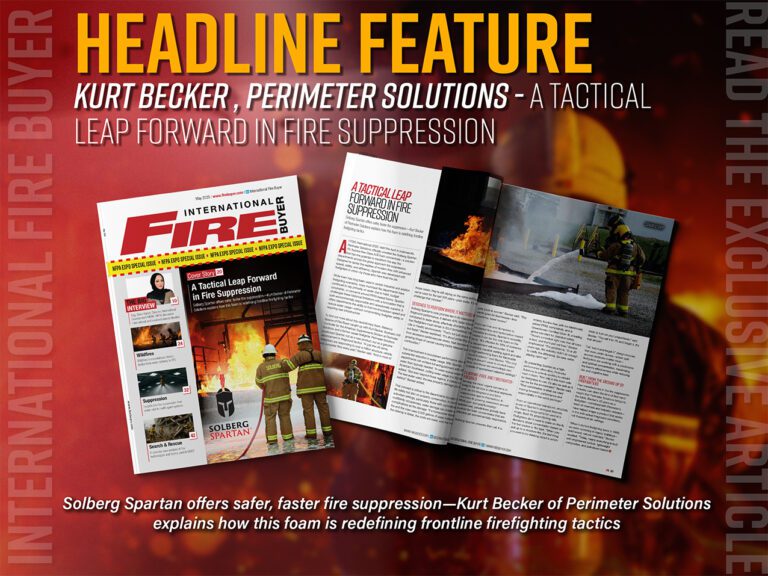The use of Fire-detectors is a conventional method. But when there is smoke or fire, it can be already too late. Why not detect heat and overheat before it comes to fire?
In case of a smoke or fire, the security system (if there is any) alarms the personnel, the fire extinguishing gets in operation, local firefighting department gets notified etc. These actions are made to handle the abnormal situation, when the fire is already there. We can save more human lives, time, and dramatically reduce costs if we concentrate more on early hearing and overhead detection to prevent fire or explosion.
LICO provides the right solution with a wide range of custom-made, certified heat detector units and systems concentrating on the fire prevention.
The higher the normal operation temperature is, passive fire detection products come more and more in to focus.
HDL Products are almost always custom-made or bespoke with the customer and/or with the local systems integrator almost every time. We cover a wide range of industrial use like engine rooms, transformer stations, wind generators, saunas, kitchens and also hazardous applications such as painting rooms, turbines, offshore platforms, oil refineries, nuclear power plants and many more.
ATEC EN54-5, CE and ISO 9001 certificates ensure the highest level of technical solutions.
Our HDL heat-and overheat detectors are based on bimetallic, heat detector switches, free of electronics, to provide the best reliability in high temperature applications, also during harsh environmental conditions. Simplicity goes through in the product family to provide easy installation and very cost-effective maintenance. Various alarm temperature settings are available from 140 degrees F (60C) and even up to 950 degrees F (510C) in N/O or N/C potential free contacts, which makes fast system integration in practically every existing or new system.
The sensors in the HDL units are designed with rate compensation. This function provides a unique advantage sense the surround air temperature regardless of the fire growth rate. Ficed temperature detectors must be completely hearted to alarm temperature and therefore a lag in response time may occur with a fast rate of fire.
Rate-of-rise devices, on the other hand, are triggered by the rate of increase in ambient temperature and subject to false alarms caused by harmless, transient thermal gradients, such as the rush of warm air from process ovens.
To read more news and exclusive features see our latest issue here.
Never miss a story… Follow us on:
![]() International Fire Buyer
International Fire Buyer
![]() @Firebuyer
@Firebuyer
![]() Fire Buyer
Fire Buyer
Media Contact
Louis Curtis
Editor, International Fire Buyer
Tel: +44 (0) 1622 823 922
Email: [email protected]





































